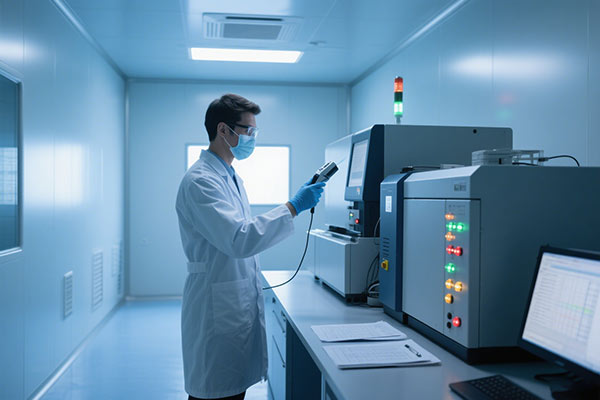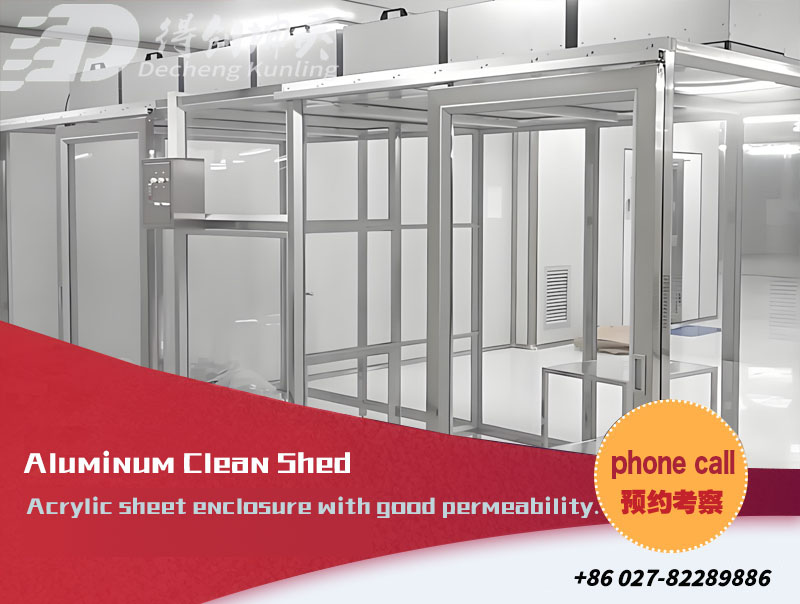Understanding the feasibility, requirements, and best practices for modifying hardwall clean room installations
Introduction to Hardwall Clean Rooms
Hardwall clean rooms are constructed with solid, non-porous walls to control contamination. They typically meet ISO 14644 standards, which classify cleanliness levels. For instance, ISO5 allows a maximum of 3,520 particles per cubic meter at 0.5 micrometers.
Assessing Relocation Feasibility
Relocating a hardwall clean room is possible but involves significant considerations. The modular design allows for disassembly, yet the new location must maintain strict environmental controls, including temperature and humidity, to comply with ISO Standards, ensuring operational integrity.
Key Considerations
- Environmental control requirements
- Structural integrity during disassembly
- Transportation logistics
- Reassembly precision
Cost Factors
Relocation costs typically range from $50,000 to $200,000, influenced by:
- Room size
- Complexity
- Distance
- Special requirements
Expansion Possibilities
Expanding a hardwall clean room can be accomplished by integrating additional modules. This expansion must adhere to ISO standards, particularly regarding air change rates. For example, increasing from 20 to 30 air changes per hour may be necessary for higher cleanliness classes.
| Cleanliness Class | Air Changes/Hour | Particle Count (0.5µm) |
|---|---|---|
| ISO 5 | 240-480 | 3,520 |
| ISO 6 | 90-180 | 35,200 |
| ISO 7 | 30-60 | 352,000 |
Expansion expenses generally average between $100 to $300 per square foot, depending on the required cleanliness level and additional features.
>Compliance and Validation Requirements
Following any relocation or expansion, re-validation of the clean room is mandatory to ensure compliance with ISO 14644 standards. This includes air quality assessments and particle count measurements to confirm that cleanliness levels are maintained before resuming operations.
Validation Steps
- Airflow velocity and uniformity tests
- Particle count measurements
- Pressure differential verification
- Temperature and humidity testing
- Recovery time assessment

Best Practices for Effective Management
To ensure a successful relocation or expansion of a hardwall Cleanroom, it is crucial to follow best practices. This includes comprehensive planning, consultation with cleanroom experts, and detailed documentation of all modifications to ensure compliance and operational efficiency.
Key Recommendations:
- Conduct a thorough site assessment before relocation
- Develop a detailed project timeline with milestones
- Engage qualified CleanRoom specialists early in the process
- Document all changes for regulatory compliance
- Allow sufficient time for revalidation and testing
Hardwall vs. softwall Clean rooms
Hardwall Clean Rooms
- Solid, non-porous construction
- Higher cleanliness levels (ISO5 or lower)
- More permanent installation
- Superior durability
- Higher cost for modifications
Softwall Clean Rooms
- Flexible materials (vinyl, fabric)
- Lower cleanliness requirements
- Easy to modify and reconfigure
- Lower initial cost
- Ideal for temporary needs

Relevant Standards and Guidelines
ISO 14644
Cleanrooms and associated controlled environments
ISO 14698
Biocontamination control
ISO 9001
Quality management systems
Buffer Rooms vs. Clean Rooms
Buffer Rooms
- Act as protective barriers
- Control material and personnel transfer
- Maintain slightly lower pressure than clean rooms
- Minimize contamination between zones
Clean Rooms
- Maintain specific cleanliness levels
- Strict control of environmental parameters
- Often operate at positive pressure
-
Critical for sensitive processes
 +86 18186671616
+86 18186671616 Jason@cleanroomequips.com
Jason@cleanroomequips.com
 MENU
MENU



